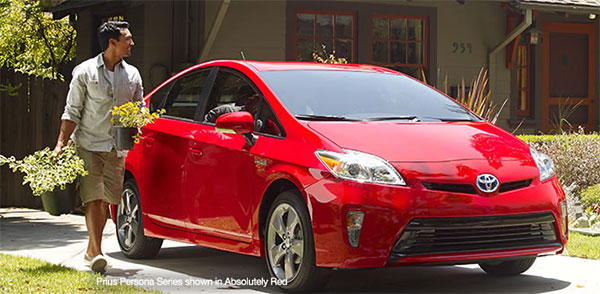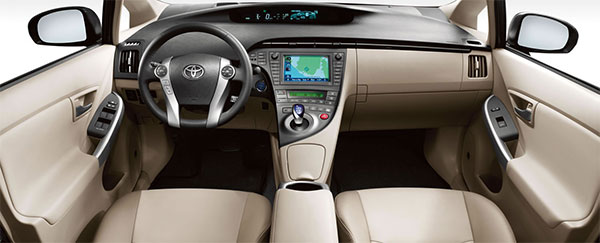With more manufacturers producing hybrid car models these days, words like Prius and Fusion are becoming household names. Although many people could easily state that hybrid automobiles are better for the environment, they might be hard pressed to explain why. Understanding how a hybrid car works can go a long way toward helping consumers to make informed choices when they’re ready to purchase a new vehicle.
A hybrid car is essentially what it sounds like, a cross between two types of car. For years, the gasoline engine car dominated the American market. The gasoline fuels an engine which turns a transmission which then turns the car’s wheels. Electric cars, becoming more popular these days, run on a motor fueled by battery-powered electricity. The electric powered motor then turns the transmission and makes the car move.
An electric powered car is probably going to get better mileage and is obviously not going to produce the polluted emissions of a gas powered vehicle, but it has other limitations. For one thing, it can’t be driven as far as a gas powered car before it needs to be refueled (recharged).
A hybrid car attempts to provide the best of both systems. It has both a fuel tank and batteries. Because a hybrid can rely on electric power for certain situations, the car can afford to have a smaller fuel tank which produces less energy. It’s a win-win situation.
Of course advanced technology doesn’t come cheap, and many hybrids cost a few thousand dollars more than gasoline powered cars of similar make and model. If you’ve made the decision to purchase a hybrid vehicle, you’ll want to look for the best deals such as the biggest Toyota Prius hybrid deals or sale prices on other well respected hybrid models. The good news is that the improved gas mileage will likely help you make up the difference in initial cost by what you’ll save at the pump. Factor in the benefits to the environment, and it’s another win-win.

















